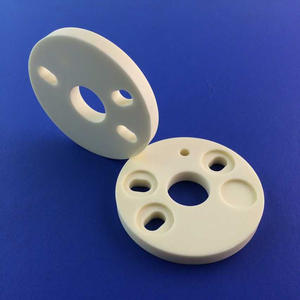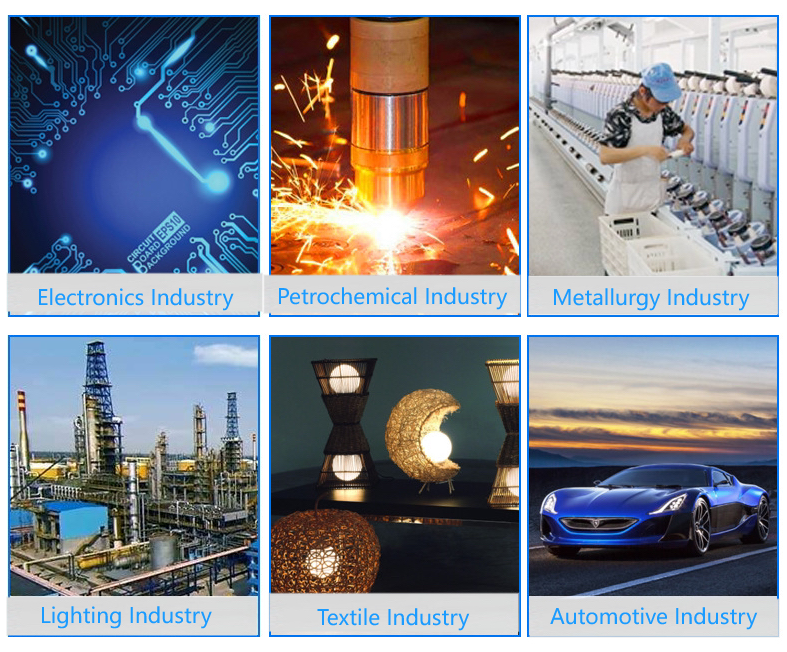Professional industry ceramic supplier, silicon nitride, silicon carbide, aluminum nitride and any other kinds of ceramics.
PRODUCT PARAMETERS
Description
Overview of High Thermal Conductivity Ultra Thin Aln Ceramic Substrate Aluminum Nitride Plate
High Thermal Conductivity Ultra Thin Aln Ceramic Substrate Aluminum Nitride Plate is an advanced technical ceramic renowned for its exceptional thermal conductivity and reliable electrical insulation. It is a key material in high-power electronics, LED lighting, and semiconductor processing, effectively managing heat in demanding applications where performance and reliability are critical.
Features of High Thermal Conductivity Ultra Thin Aln Ceramic Substrate Aluminum Nitride Plate
- High Thermal Conductivity: Offers excellent heat dissipation, comparable to beryllia (BeO).
- Electrical Insulation: Maintains high electrical resistivity even at elevated temperatures.
- Low Thermal Expansion: Matches the coefficient of thermal expansion of silicon, ideal for semiconductor substrates.
- Excellent Mechanical Strength: Possesses good mechanical properties for structural integrity.
- High-Temperature Stability: Performs reliably in harsh environments and at high temperatures.
- Non-Toxic: A safe alternative to beryllium oxide (BeO) ceramics.
Specification of High Thermal Conductivity Ultra Thin Aln Ceramic Substrate Aluminum Nitride Plate
This High Thermal Conductivity Ultra Thin AlN Ceramic Substrate provides exceptional heat transfer. Aluminum Nitride (AlN) is the core material. It offers thermal conductivity reaching 170-180 W/mK. This performance surpasses many other ceramics. Heat spreads quickly away from hotspots. This protects sensitive electronic components.
The substrate is manufactured ultra thin. Thicknesses range from 0.25mm to 0.635mm. This thin profile is crucial for modern electronics. It allows for compact device designs. It saves valuable space inside assemblies. The thin form also reduces thermal resistance significantly. Heat moves from the source to the sink faster.
Aluminum Nitride possesses excellent electrical insulation properties. It prevents current leakage. It ensures safe operation at high voltages. The material is mechanically strong. It withstands thermal cycling stresses. Repeated heating and cooling cycles cause minimal damage. This enhances long-term reliability.
This AlN plate is chemically stable. It resists corrosion from many substances. It offers good resistance to plasma erosion. The surface is smooth and flat. It provides an ideal base for precise circuit patterns. Fine lines and features are achievable. Solder bonds form reliably on its surface.
These substrates are vital for high-power electronics. They are used in power modules for electric vehicles. They are essential in advanced LED lighting systems. They serve in high-frequency RF/microwave applications. They support next-generation semiconductor packaging. They find use in demanding laser diodes. Efficient thermal management is critical in all these areas.
Using this ultra thin AlN substrate improves device performance. It increases power density. It extends the operational lifespan of components. It enhances overall system reliability. It allows for smaller, lighter end products. It handles significant power loads effectively. It manages heat in confined spaces reliably.
Applications of High Thermal Conductivity Ultra Thin Aln Ceramic Substrate Aluminum Nitride Plate
High thermal conductivity ultra thin aluminum nitride ceramic substrates handle heat extremely well. This matters a lot in modern electronics. Components generate significant heat. If that heat stays trapped, performance drops fast. Devices can fail prematurely. Aluminum nitride solves this problem effectively. It moves heat away from hot spots quickly. Its thermal conductivity is much higher than regular circuit board materials. Think ten times better or more. This speed is crucial for reliability.
These AlN plates are also very thin. This is a big advantage. Electronics keep getting smaller. Power density keeps increasing. Thin substrates fit easily into compact designs. They don’t add bulk. Yet, they still move heat exceptionally well. The thinness helps heat flow out faster too. It reduces the distance heat must travel to reach a cooler area.
Power electronics use these substrates heavily. Think about electric cars and industrial motor drives. Power modules inside get incredibly hot. Aluminum nitride plates are perfect here. They pull heat away from high-power semiconductors like IGBTs or MOSFETs. This keeps the modules running safely at high power. LED lighting needs efficient heat spreading too. High-brightness LEDs produce intense light and intense heat. An ultra-thin AlN substrate under the LED chip whisks the heat into the metal core board. This prevents the LED from overheating. It maintains light output and extends lifespan dramatically.
RF and microwave devices also benefit. Components like power amplifiers generate substantial heat in small areas. Efficient heat removal is non-negotiable for stable performance. The thin AlN plate acts as a thermal highway. It connects the hot component directly to a heat sink or chassis. Semiconductor packaging uses these substrates for advanced chips. They provide a stable, insulating base that conducts heat superbly. This protects sensitive silicon structures. It allows chips to run at higher speeds reliably. The excellent electrical insulation of AlN is vital everywhere. It safely isolates high-voltage components while managing the heat they create.
Company Profile
Tanki New Materials Co.Ltd. focus on the research and development, production and sales of ceramic products, serving the electronics, ceramics, chemical and other industries. Since its establishment in 2015, the company has been committed to providing customers with the best products and services, and has become a leader in the industry through continuous technological innovation and strict quality management.
Our products includes but not limited to Aerogel, Aluminum Nitride, Aluminum Oxide, Boron Carbide, Boron Nitride, Ceramic Crucible, Ceramic Fiber, Quartz Product, Refractory Material, Silicon Carbide, Silicon Nitride, ect. please feel free to contact us.
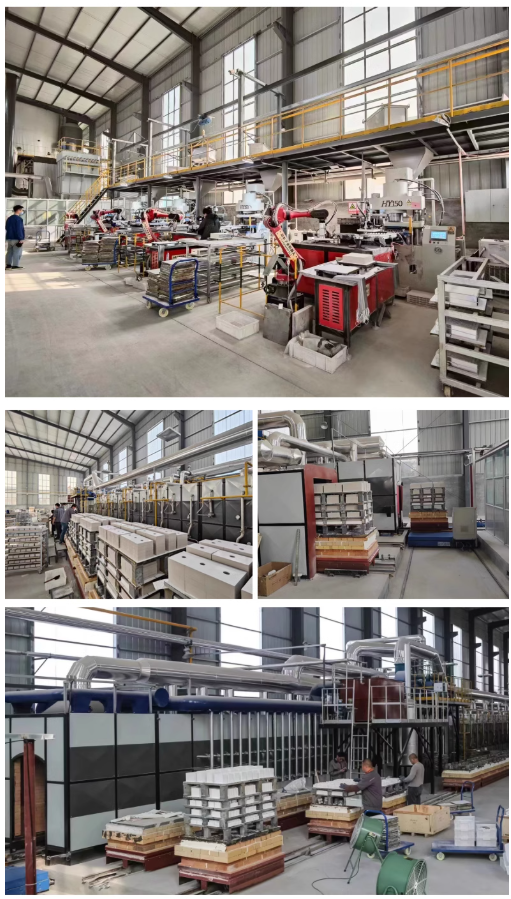
Payment Methods
T/T, Western Union, Paypal, Credit Card etc.
Shipment Methods
By air, by sea, by express, as customers request.
5 FAQs of High Thermal Conductivity Ultra Thin Aln Ceramic Substrate Aluminum Nitride Plate
What makes Aluminum Nitride better than other ceramics for heat?
Aluminum Nitride moves heat exceptionally well. It moves heat much faster than common ceramics like alumina. This makes it perfect for electronics needing quick heat removal.
Why is the thinness important?
The plate is ultra-thin. This saves critical space inside modern electronic devices. Devices keep getting smaller. Efficient heat removal in tight spaces is essential.
How does Aluminum Nitride achieve such high thermal conductivity?
Its crystal structure is key. The atoms are arranged efficiently. This allows heat energy vibrations to travel easily through the material with little resistance. Fewer obstacles mean better heat flow.
Is it strong enough for practical use?
Yes. It offers good mechanical strength. It handles thermal stress better than many ceramics. It resists cracking under rapid temperature changes common in electronics. It’s reliable.
Where is this substrate typically used?
It’s vital in high-power electronics. Think LED lighting modules, power semiconductors, and laser diodes. It’s used in RF/microwave circuits and demanding automotive applications. Anywhere heat buildup threatens performance, this plate helps.
REQUEST A QUOTE
RELATED PRODUCTS

High Thermal Conductivity Polished Aluminum Nitride Plate Aln Ceramic Substrate
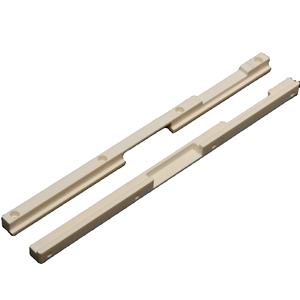
99.99% Pure Aluminum Nitride Ceramics, Moulding Plus Machining by Gravel
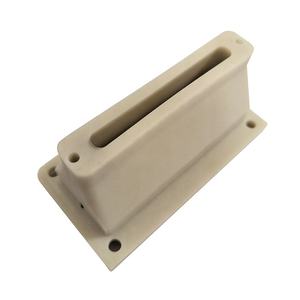
Custom-Shaped Aluminum Nitride Ceramic Parts for Industrial Use
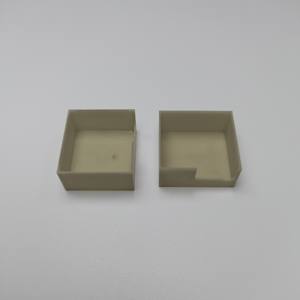
Black Color Aluminum Nitride Ceramic Substrate
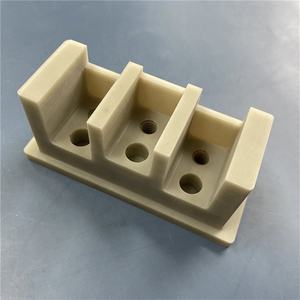
Aluminum Nitride Ceramic Semiconductor White Powder High Purity Aln Powder
